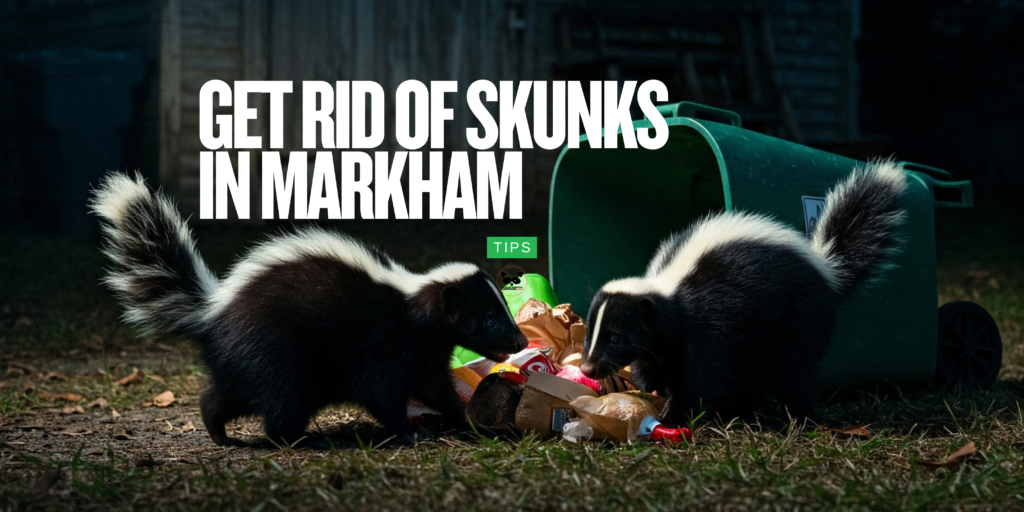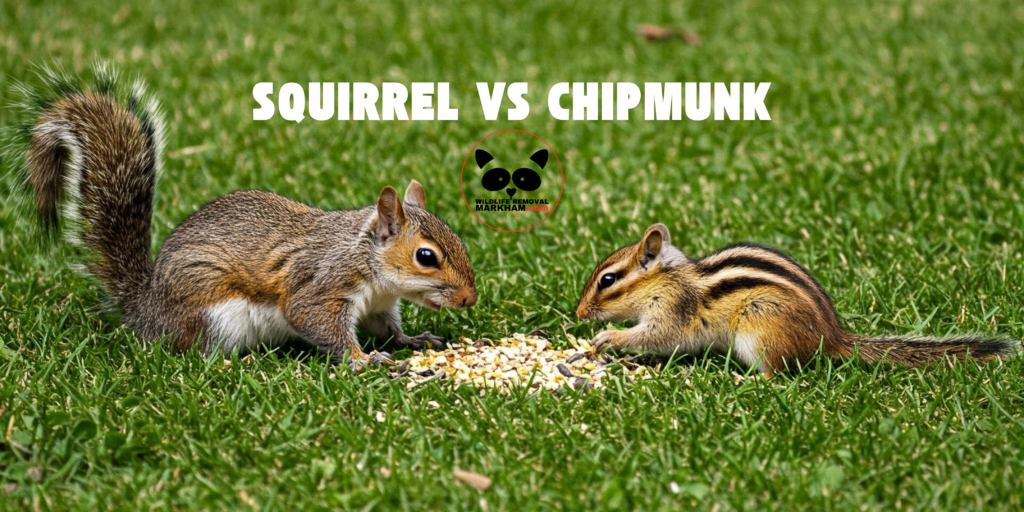Introduction
Raccoons are intelligent creatures, they will seek safety and shelter under decks especially during breeding season and nesting season. These nocturnal critters need a quiet place to raise their raccoon babies and your deck is the perfect spot. If left alone they can cause structural damage, attract other pests and create unsanitary conditions. Knowing how to get rid of raccoons using safe and effective pest control methods will protect your home. These wild animals will also reside under porches, backyard sheds, gazebos, etc. Wildlife will occupy any areas where they are sheltered and feel safe.
Common Signs of Raccoons Under Your Deck
One of the main signs humans notice of wildlife raccoons living under a deck is the raccoon droppings nearby, or seeing a latrine. Since raccoons defecate in specific areas their waste can accumulate and be a health risk. You may hear scratching or rustling sounds especially at night when they are active. Disturbed trash cans and scattered debris around your yard indicates they are searching for food. If you suspect a mother raccoon is present there’s a good chance raccoon babies are hidden underneath making humane removal absolutely key. You may even hear the chittering and crying vocal sounds coming from the baby raccoons.

Why Raccoons Are Attracted to Your Deck
Raccoons seek shelter under decks due to easy access to food, safety from humans and protection for their baby raccoons from other animals. They are attracted to pet food, bird seed and compost piles which are a reliable food source. Remove food sources available from outside (pet food, bird seed, fallen fruit, etc.). Unsecured garbage cans and trash cans make it easy for them to scavenge and nearby water sources support their survival. Once they establish a home territory they may become territorial making removal more difficult. Though there may not be a fire safe issue like there could be if raccoons were in your attic, getting these animals to move off quickly is the best option.
Humane Ways to Get Rid of Raccoons Living on your Property
Humane Harassment
Encouraging raccoons to leave on their own is the most humane approach. Using human voices from a talk show, talk station, or loud music can make the area feel unsafe. Bright lights, such as an outdoor spotlight, mechanic’s light, or a motion-activated light, can further disrupt their sense of security and discourage them from staying. Introducing unpleasant smells like apple cider vinegar or ammonia can also be effective. Soak a rag or towel in the liquid, place it in a plastic bag, and poke holes to let the scent escape. Spreading citrus peels from oranges or grapefruits, or even scattering dirty cat litter, can make the space less appealing. A cayenne pepper paste, made by mixing it with water and applying it along the bottom of the deck, can also act as a deterrent. If a mother raccoon is present, please be patient, as she may need time to relocate her baby raccoons one by one to a safe place. Any of these methods could create an unwelcoming environment for wildlife and their babies without causing them harm.
Physical Barriers
If you’re certain there are no wild animals beneath your deck, there are several DIY methods you can try to keep them from returning. To prevent raccoons from reentering, secure all entry points with a hardware cloth or wire mesh, making sure it’s buried deep into the ground. Avoid using chicken wire, as raccoons can easily tear through it, opting for a strong gauge wire mesh is the best solution. If meshing isn’t an option, place concrete slabs over gaps and holes to reinforce the area. Installing a one way door can also help, as it allows these nocturnal animals to leave in search of food or water but prevents them from returning. If they have dug holes underneath, fill them in to stop further burrowing and keep your deck raccoon-free.

Live Trapping and Professional Assistance
Live trapping can be effective but should only be done according to local wildlife laws. Check traps frequently and release the animal safely and less than one kilometre from trap site. Trapping should never be done during baby season. Babies are often left behind to perish causing a whole new issue for you to have to deal with. In many cases hiring a pest control professional or wildlife removal expert will ensure the raccoons are handled properly. Since raccoons have sharp claws and teeth, and can become very protective and aggressive if they have babies with them, professional assistance is often the best solution over trapping the animals on your own.
Preventing Future Raccoon Problems
Once the mother raccoon and her babies are gone, take steps to further deter raccoons from returning. Secure trash cans, store bird food in sealed containers and get rid of any remaining nibblies, ie. pet food left outside. Sweep the ground under any bird feeders, as this can attract other animals too. Inspect your property for other signs of infestation and reinforce weak spots, if you see any raccoons outside, make some loud noises to try and scare them off. Because raccoons can grab onto and open doors and lids of your trash cans with their paws, using zip ties to secure the cans and keeping the area well-lit with a bright light will deter raccoons. Since raccoons tend to come back to the same places continue to maintain these preventative measures.
Conclusion
Raccoons may see the space under your deck as a safe place but their presence can cause damage to your property and expose you to health risks. By using humane removal companies for wildlife control or attempting DIY methods such as humane harassment, physical barriers and proper sanitation you can get rid of them. If the problem persists contact animal control or a professional wildlife removal service. Take action early to protect your whole structure and keep your home free of a raccoon and her babies.



